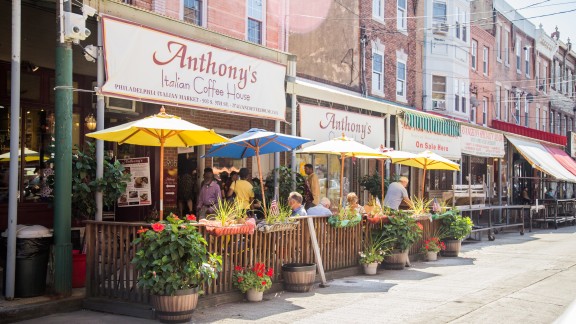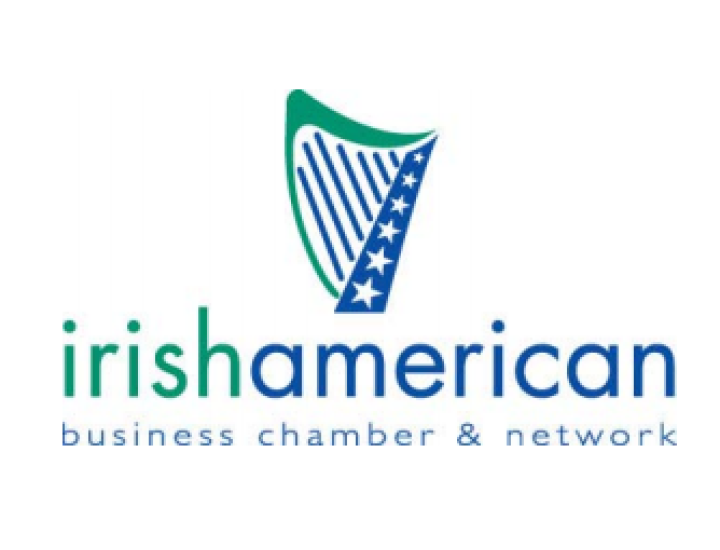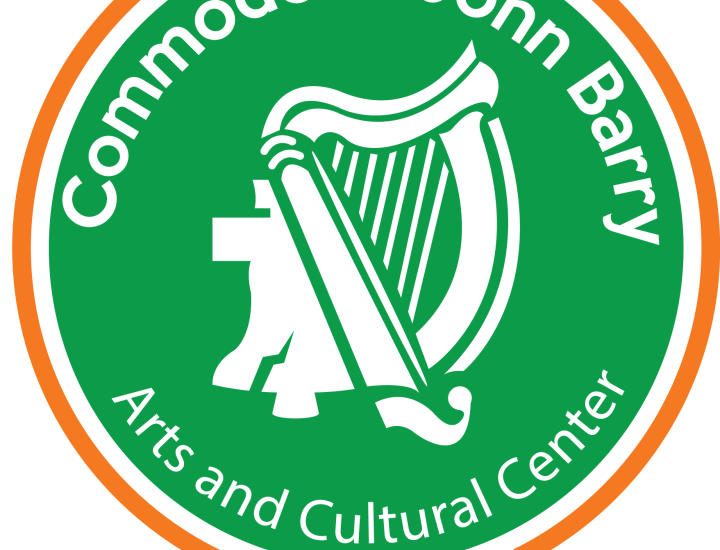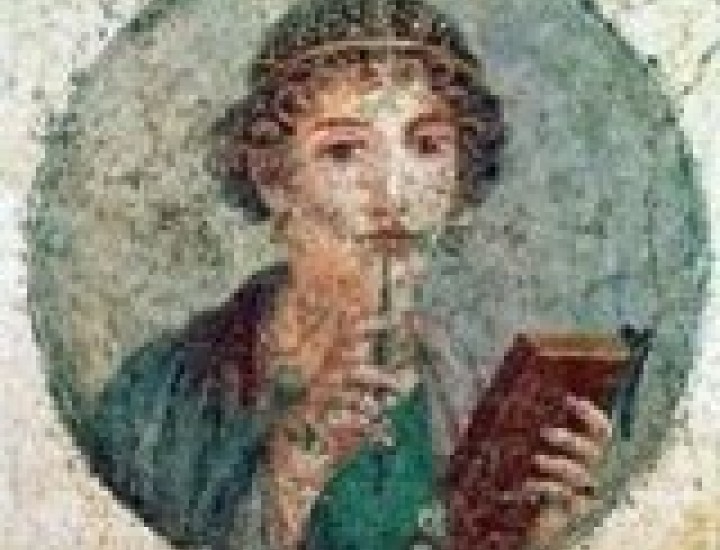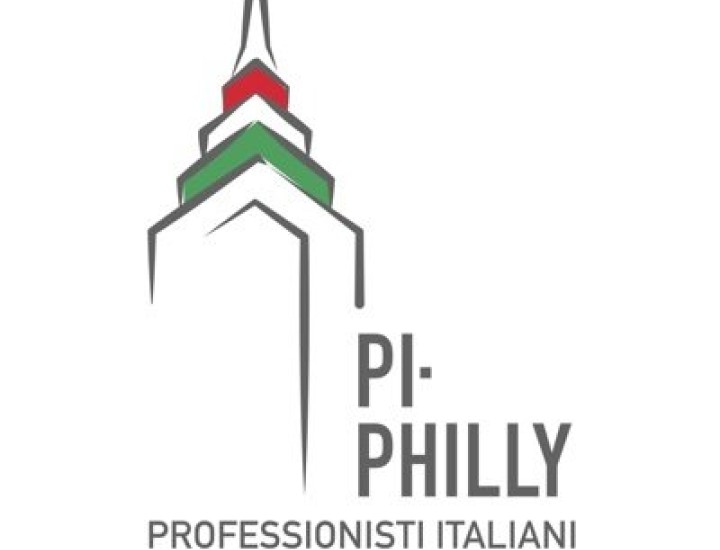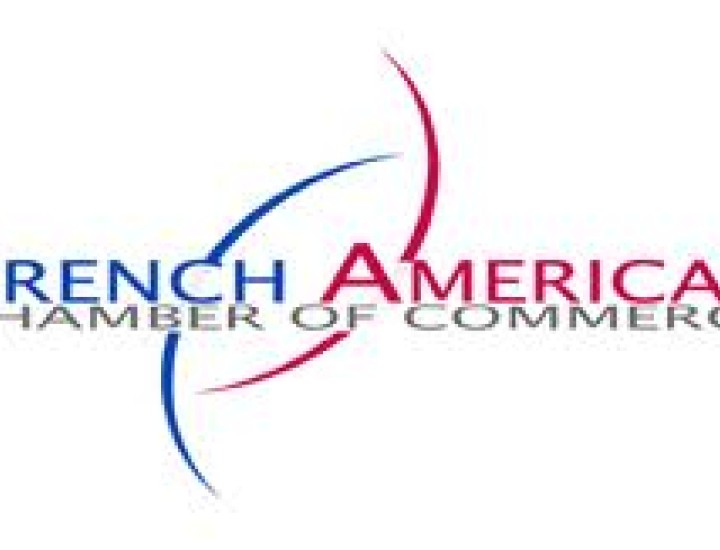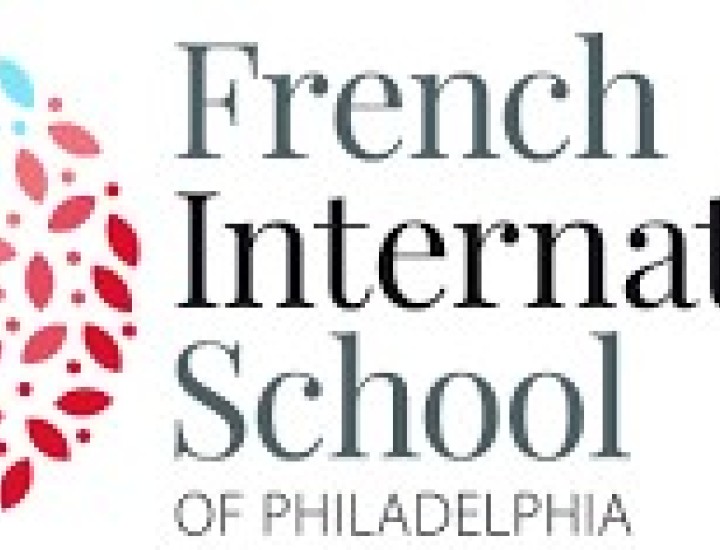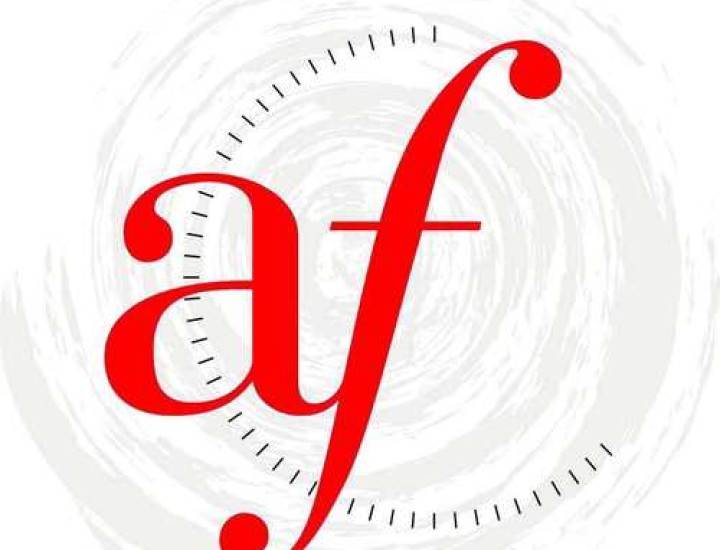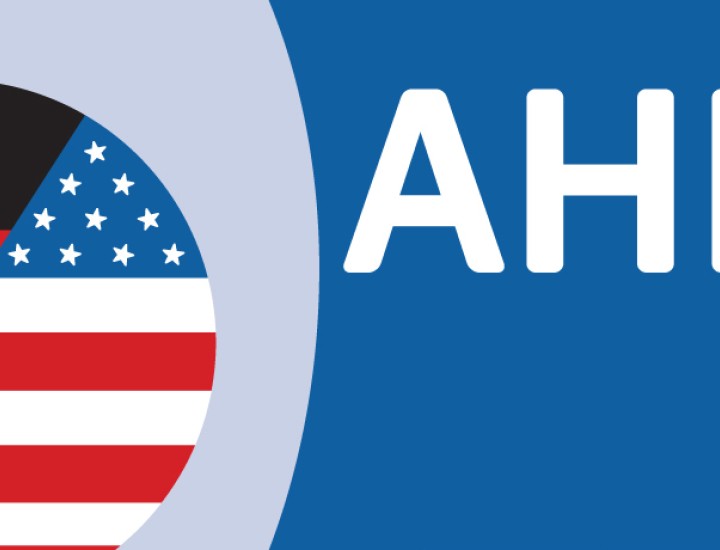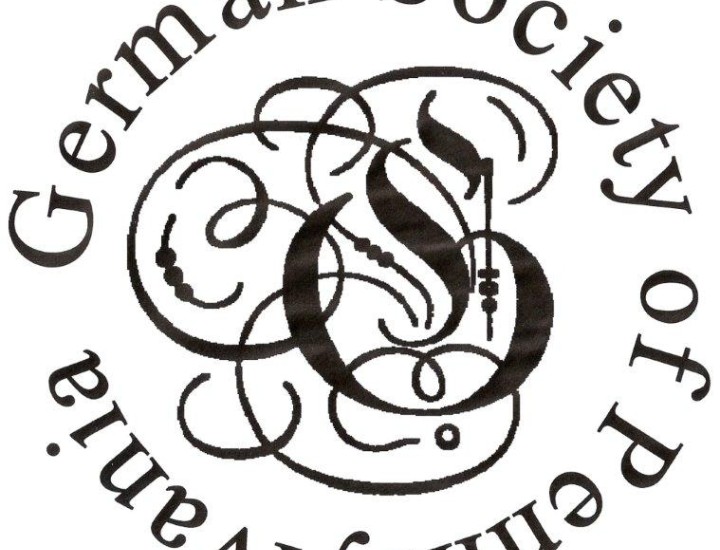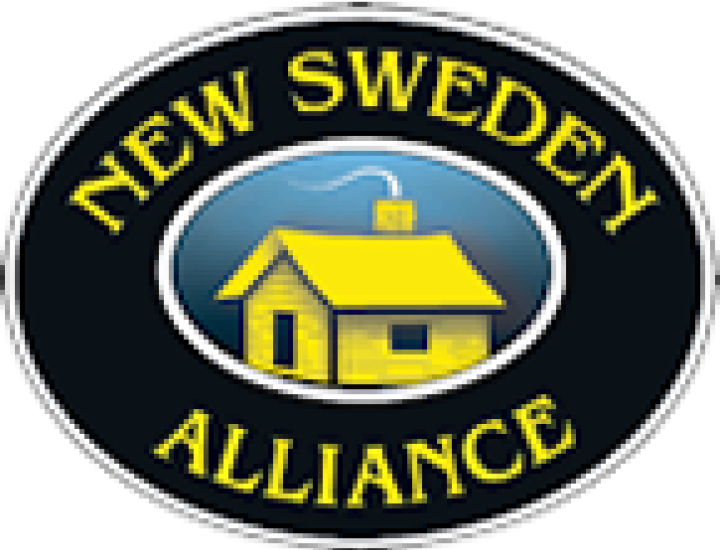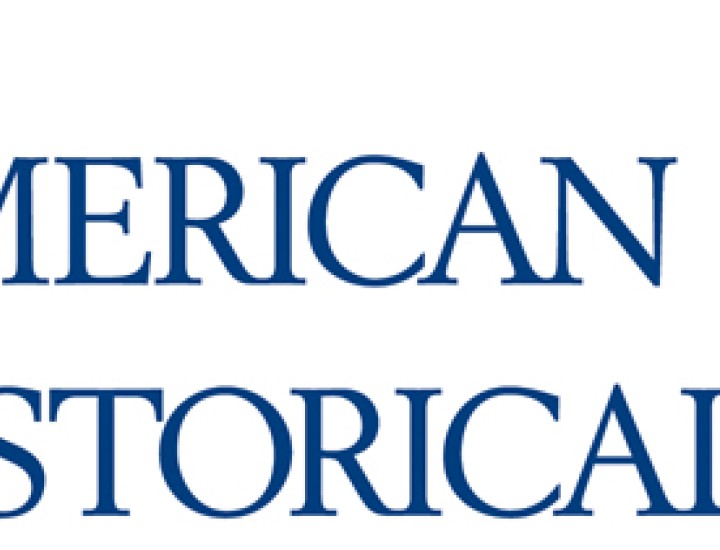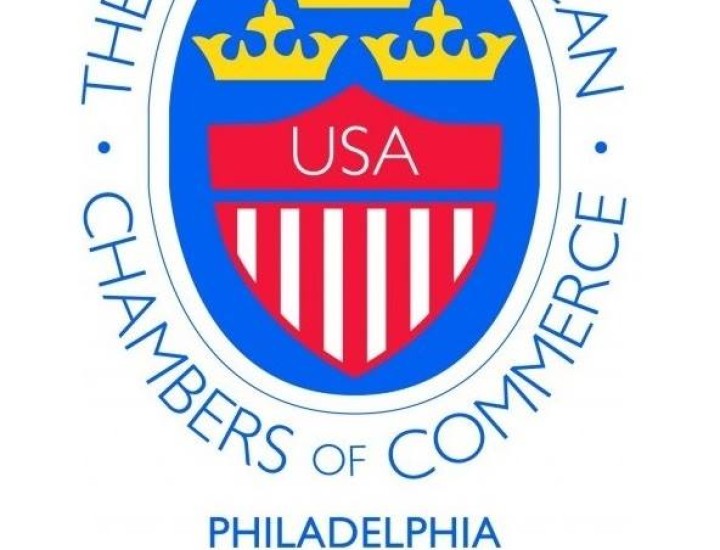Western Europe
In Western Europe, Philadelphia has historically attracted immigrants, with around thirty percent of its foreign-born population originating from the region. Following the end of the Cold War, a significant influx of Eastern Europeans sought opportunities in the city.
For centuries, Philadelphia has been a destination for European immigrants, offering refuge from religious persecution and promising economic prospects. Its founder, William Penn, himself an immigrant from Great Britain, envisioned the city as a beacon of religious tolerance, inviting those oppressed in Europe to settle.
Named America's "Frenchest City" in 2023, there's plenty of European culture to enjoy in the city. Various European communities have left their mark on Philadelphia, evident in enduring ethnic neighborhoods such as the Italian Market in South Philadelphia.
Did you know...
Irish Americans make up the largest ethnic group in the Philadelphia area. If the surrounding suburbs are included, more than 1.1 million people in Greater Philadelphia claim some percentage of Irish blood.

The proportion of Catholics in Ireland from 1881 to 2016 was 79% of the population.
William Penn’s founding of the colony of Pennsylvania in the 1680s first drew Catholics to Philadelphia.
In the mid-20th century, Philadelphia had the largest grade school, high school, and parochial school system in the United States.
St. Michael’s Church, founded 1831, is located in Kensington, near mills where Irish weavers once worked.
Italian Market in South Philly
The Italian Market in Philadelphia boasts a rich history dating back over a century. Established by Italian immigrants in the late 19th century, it quickly became an active center of commerce and culture. Today, it stands as one of the oldest and largest continuously operating outdoor markets in America, offering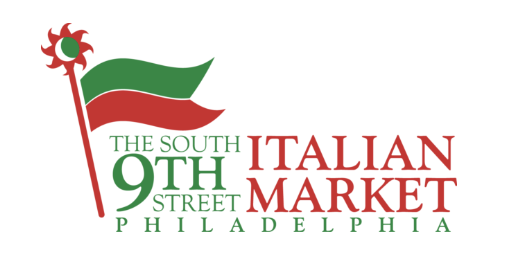 a diverse array of fresh produce, meats, cheeses, and specialty goods that stretches across over 20 city blocks and has 200 individual businesses.
a diverse array of fresh produce, meats, cheeses, and specialty goods that stretches across over 20 city blocks and has 200 individual businesses.
The market's legacy is a testament to the enduring influence of Italian heritage on the fabric of Philadelphia's community and culinary landscape.
America's "Frenchest City"
Philadelphia's fascinating relationship with France dates back to the birth of the United States. The Founding Fathers, Ben Franklin in particular, were in consistent contact with the French for many years while the revolution was brewing.
"From venues for French cooking near Rittenhouse Square—promoted as the “French Quarter”—to cultural showcases at museums around the region, Francophone culture continued to appeal to Philadelphians and draw visitors to the region. From the time of its founding, Philadelphia maintained a trans-Atlantic dialogue with France through commerce in goods, and more importantly in ideas that shaped the character of both nations. Ideas concerning the promotion of abolitionism and universal human liberties were shaped through exchanges between French and American scholars, business owners, and philanthropists. French architecture and art transformed Philadelphia’s urban and cultural landscape. The enthusiasm of Philadelphians for French culture fluctuated with the tides of international political change, but France’s mark on the city remained."
- The Encyclopedia of Greater Philadelphia
Read the full history of Philadelphia's relationship with France
The French-American Chamber of Commerce has a lifestyle guide and webpage dedicated to delicious French cuisine and pastries that can be found all over the city. Here is a sneak peek:

Visit their website to discover more eateries
City Cast Philly put together a podcast episode breaking down why Philly was named America's Frenchest City by the Michelin Green Guide. Listen below.
